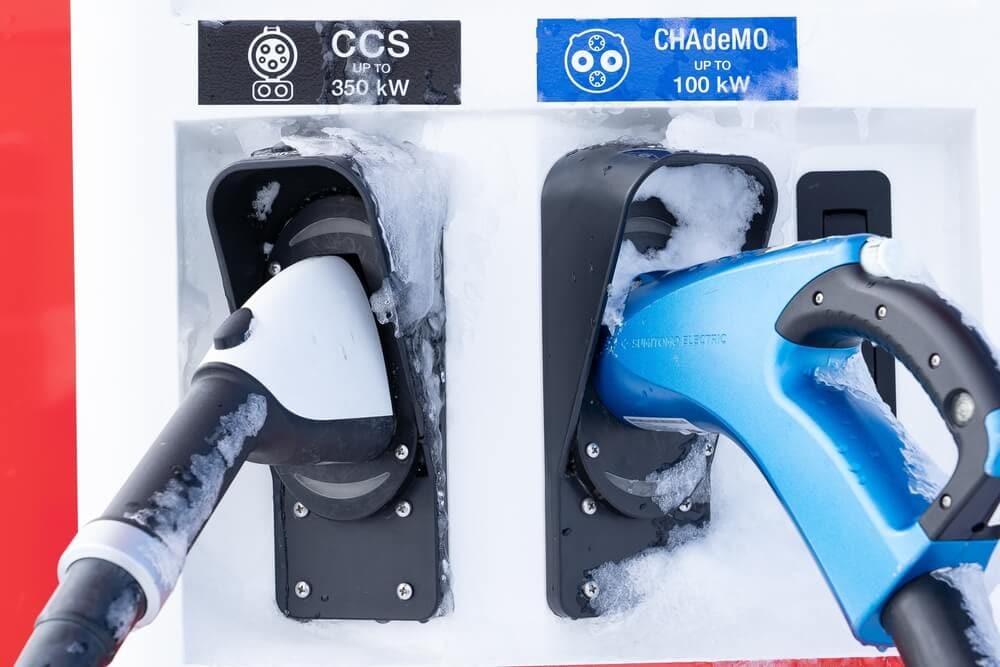

Electric vehicles (EVs) are revolutionizing how we drive, but with this shift comes new challenges, especially when it comes to EV charging on the go. For many EV owners, understanding where and how to charge their vehicle in public is overwhelming at first.
This comprehensive guide explains everything you need to know about EV public charging, including levels, how charging stations typically work, and how to choose the right charging level for your vehicle.
How to Charge Your EV in Public
Public EV stations are often different, which can feel confusing if you’re a new EV driver. That said, the basic principle of EV public charging remains the same regardless of the station you use:
- Locate a station: Use an app or an in-car navigation system to find the closest station.
- Plug in: Connect your EV to the charging station using the provided cable.
- Activate the charge: Some stations require an activation process. This might involve scanning a membership card, using an app, or paying with a credit card.
The amount of time it takes to charge your vehicle will depend on the size of your EV’s battery and your charging level.
Understanding EV Charging Levels
EV charging is categorized into three levels.
Level One
This is the most basic form of charging and is typically done using a standard 120-volt outlet, like what you have at home. It’s the slowest method and usually requires overnight charging to power your EV fully.
Level Two
Faster than level one, level two charging is the most commonly found level at EV public charging stations and in homes that are equipped to charge your EV. It uses a 240-volt outlet and can deliver a charge in just a few hours.
Level Three (DC Fast Charging)
The quickest way to charge your EV is with level three charging. These stations can charge your EV battery to 80% in as little as 30 minutes, making them the best choice for those travelling long distances.
Choosing the Right Charging Level
When you’re picking a charging level, there are a few factors to consider:
- Time: Level three charging is your best bet if you're in a hurry. If you have time to kill (ie. if you’re shopping or working), level two is more appropriate.
- Cost: Level three charging is usually more expensive than level two because it’s faster and, for most people, more convenient.
- Battery health: Frequently using level three charging can affect the longevity of your battery. It’s best to reserve level three for times when you need a charge urgently and stick to level two when you’re charging your EV in public whenever possible.
Mastering EV Public Charging
While it’s confusing at first, once you’ve visited a few EV public charging stations, you should be comfortable with how they work and how to select the right charging level. Remember that while it takes some planning, EV charging can become a seamless, natural part of your EV journey.
If you’re ready to make the switch to an EV or are looking for service and maintenance for your EV, visit Weelborg Chevrolet of New Ulm or contact us for more information.